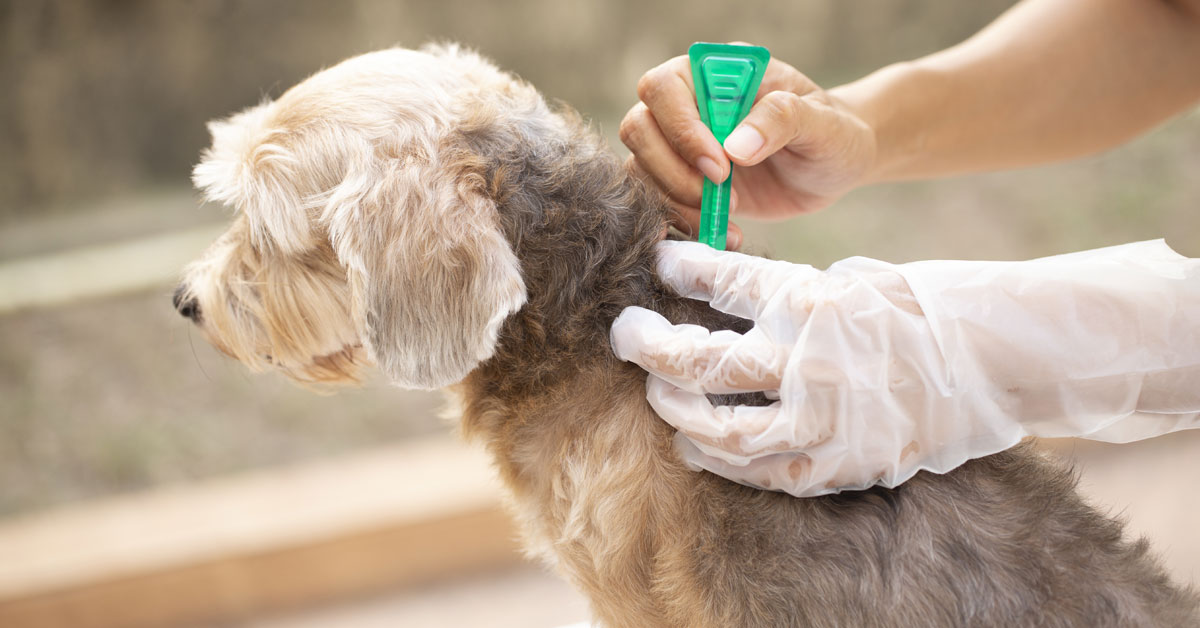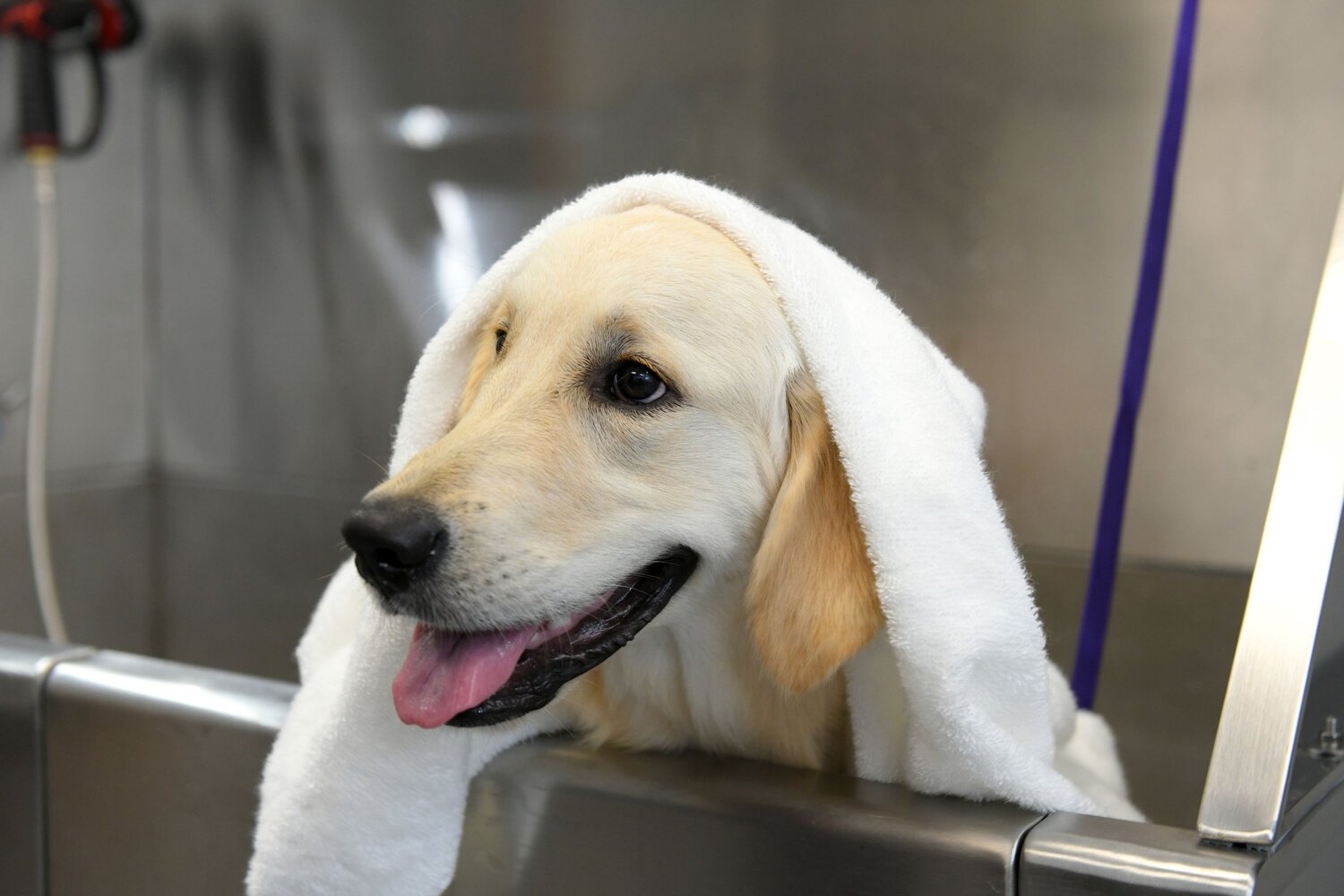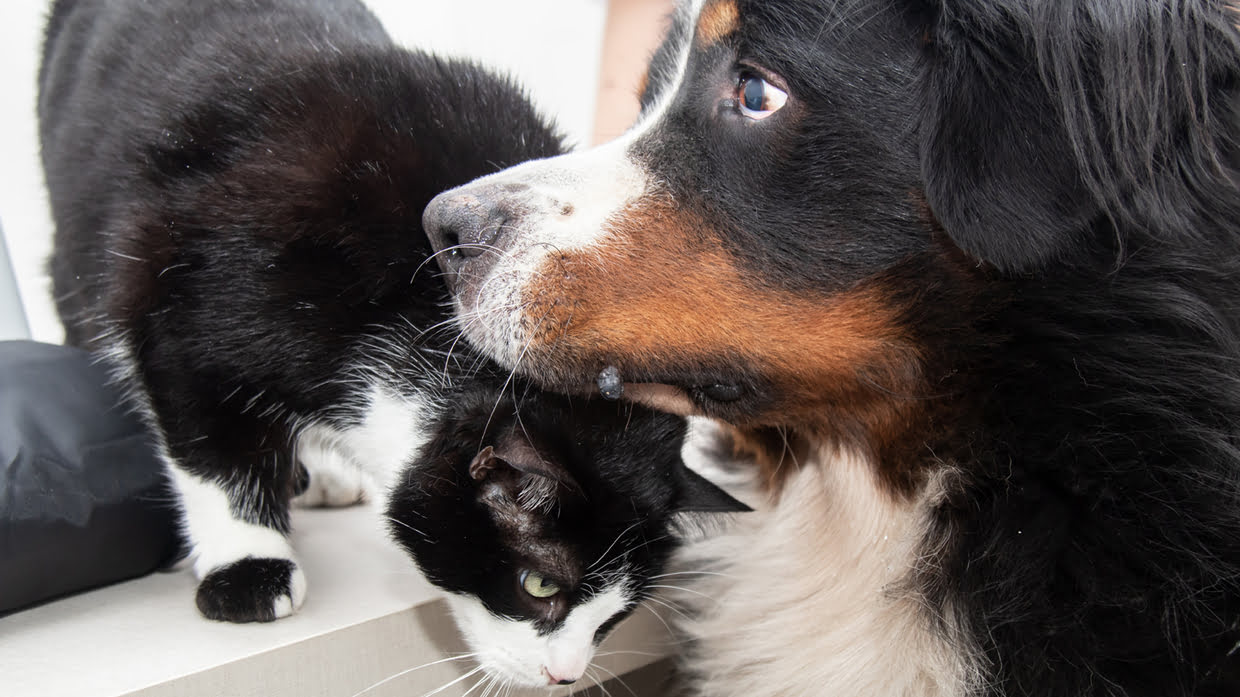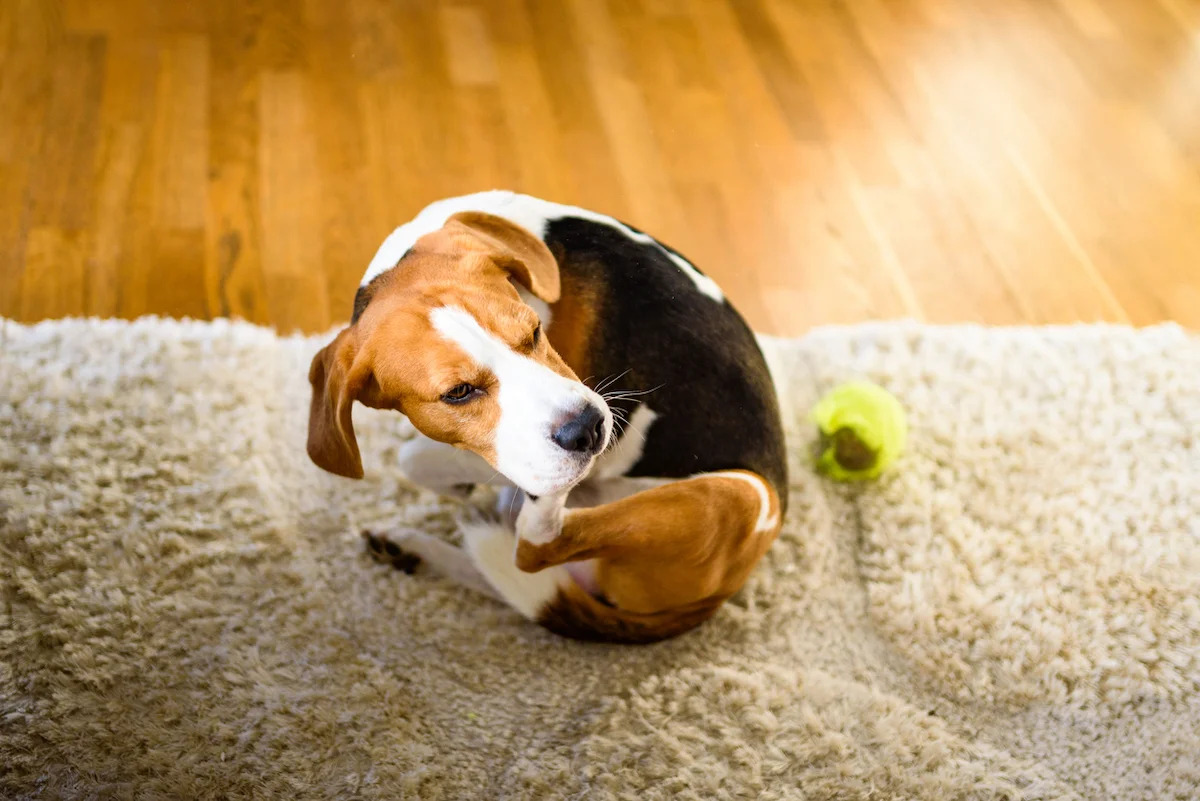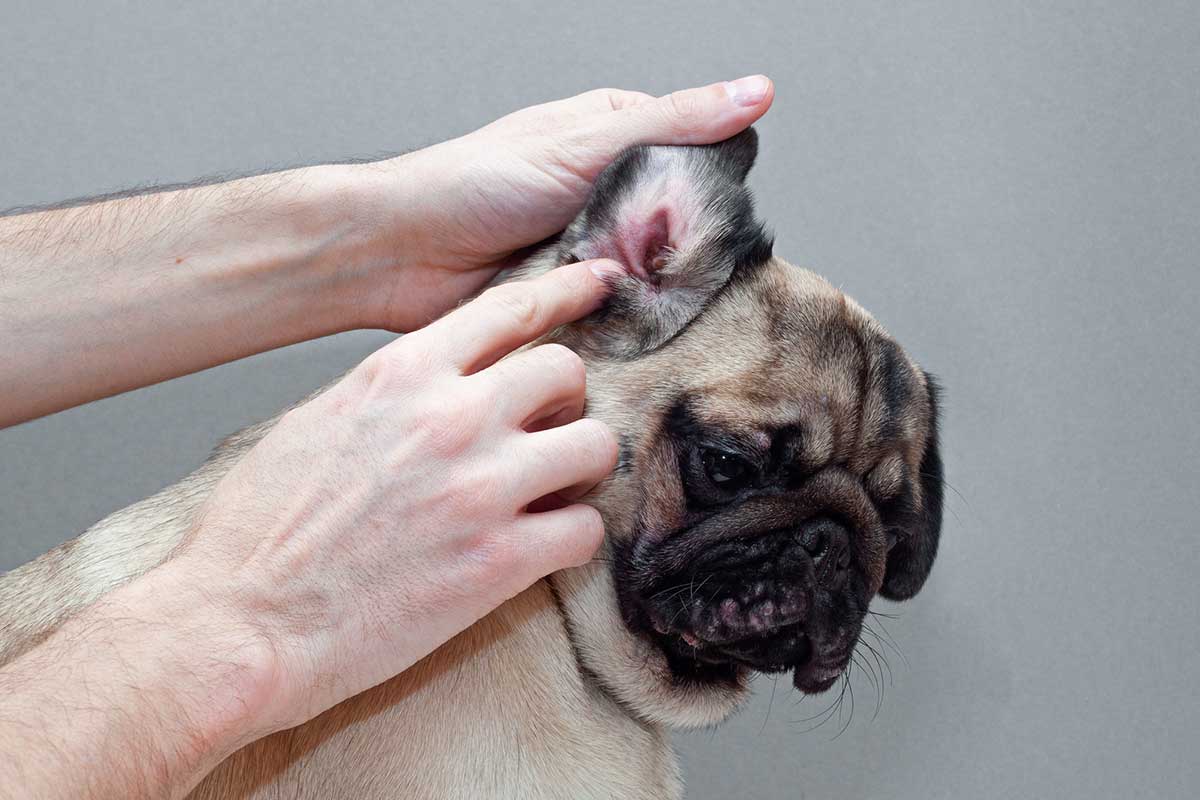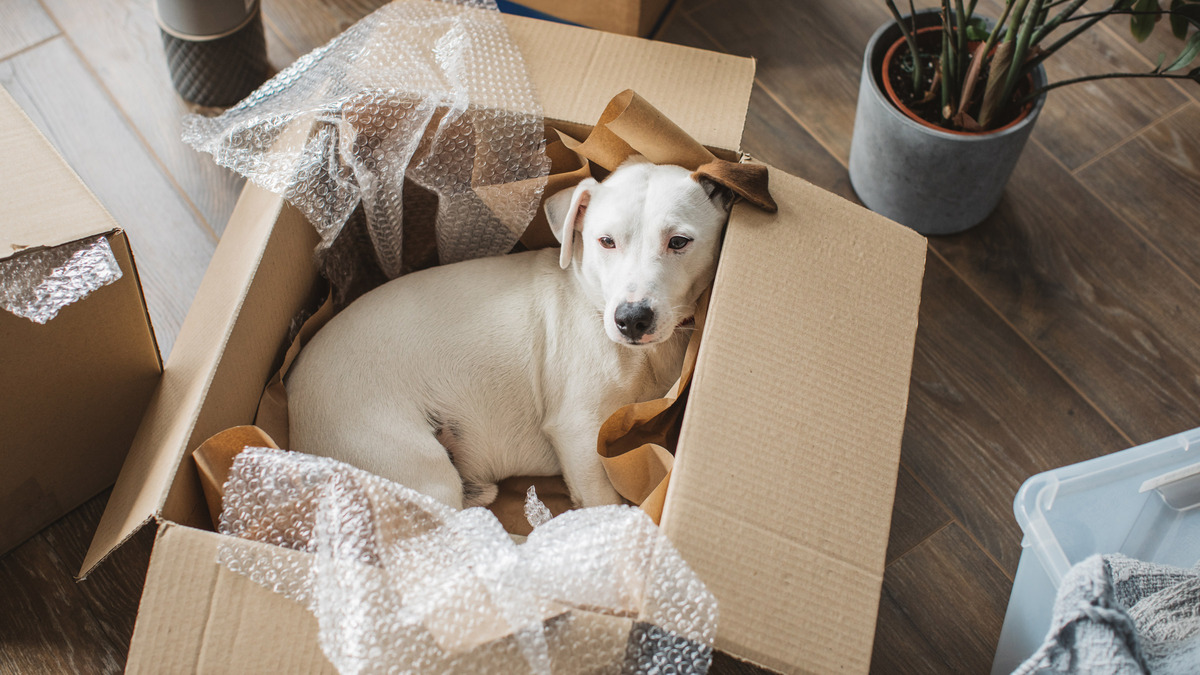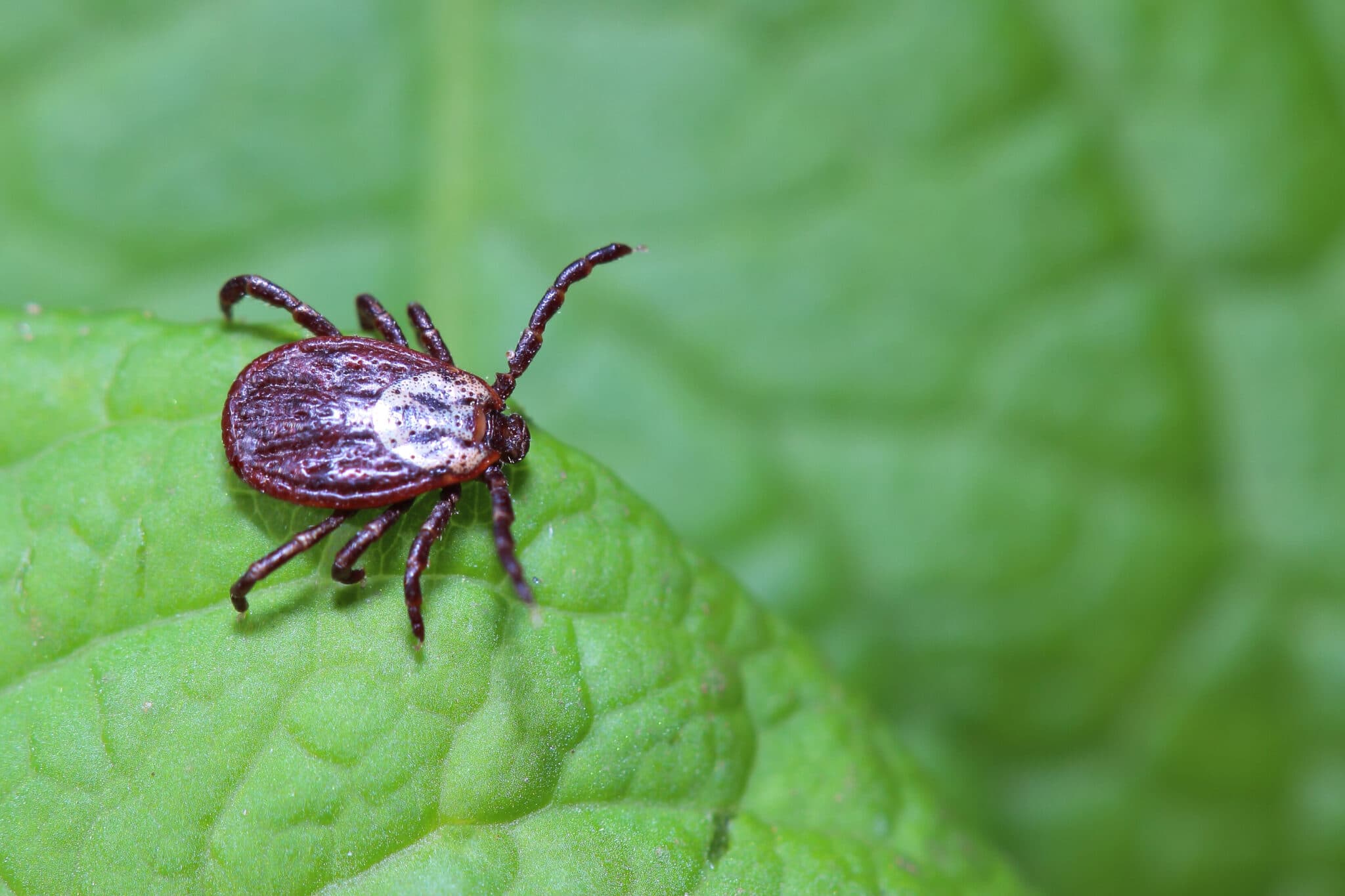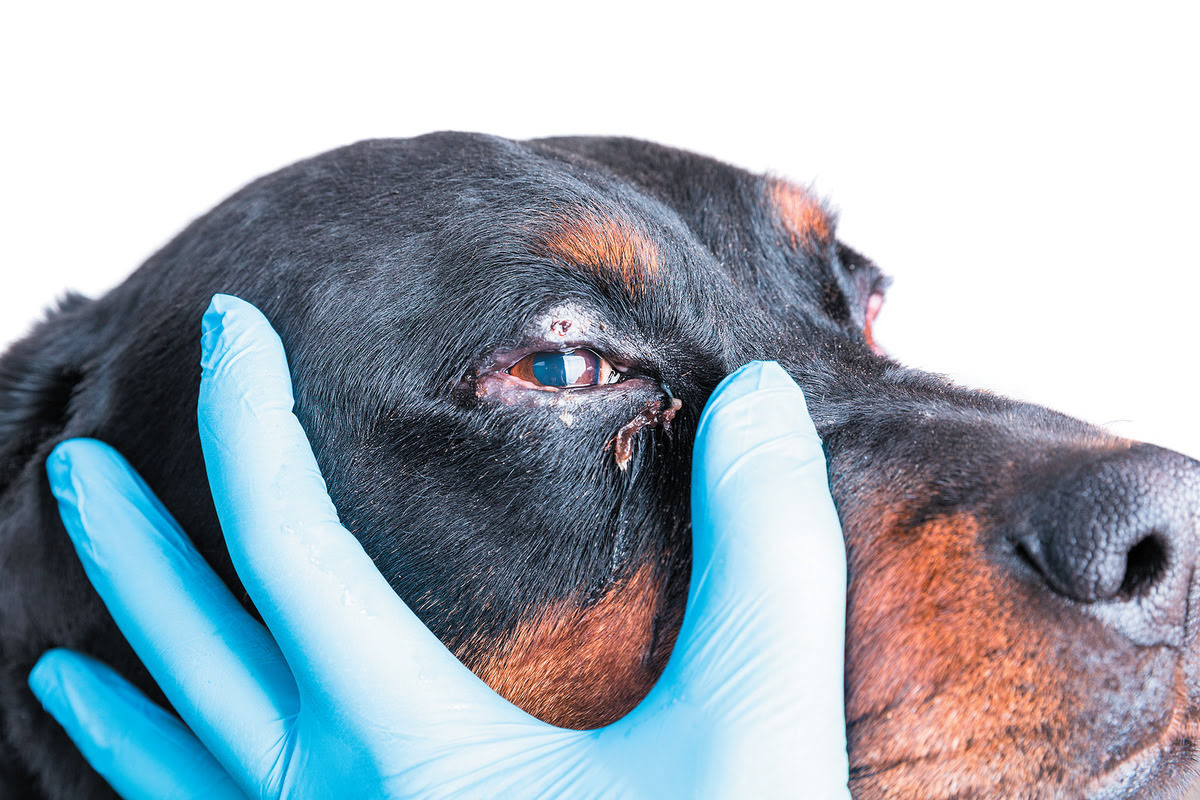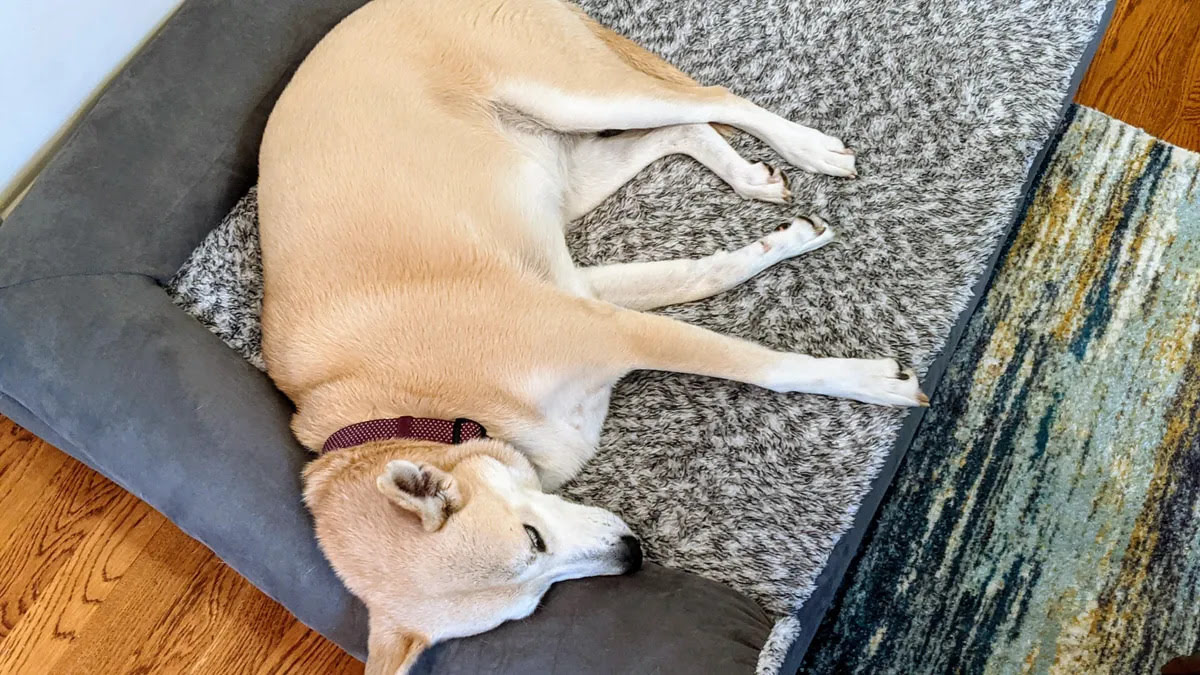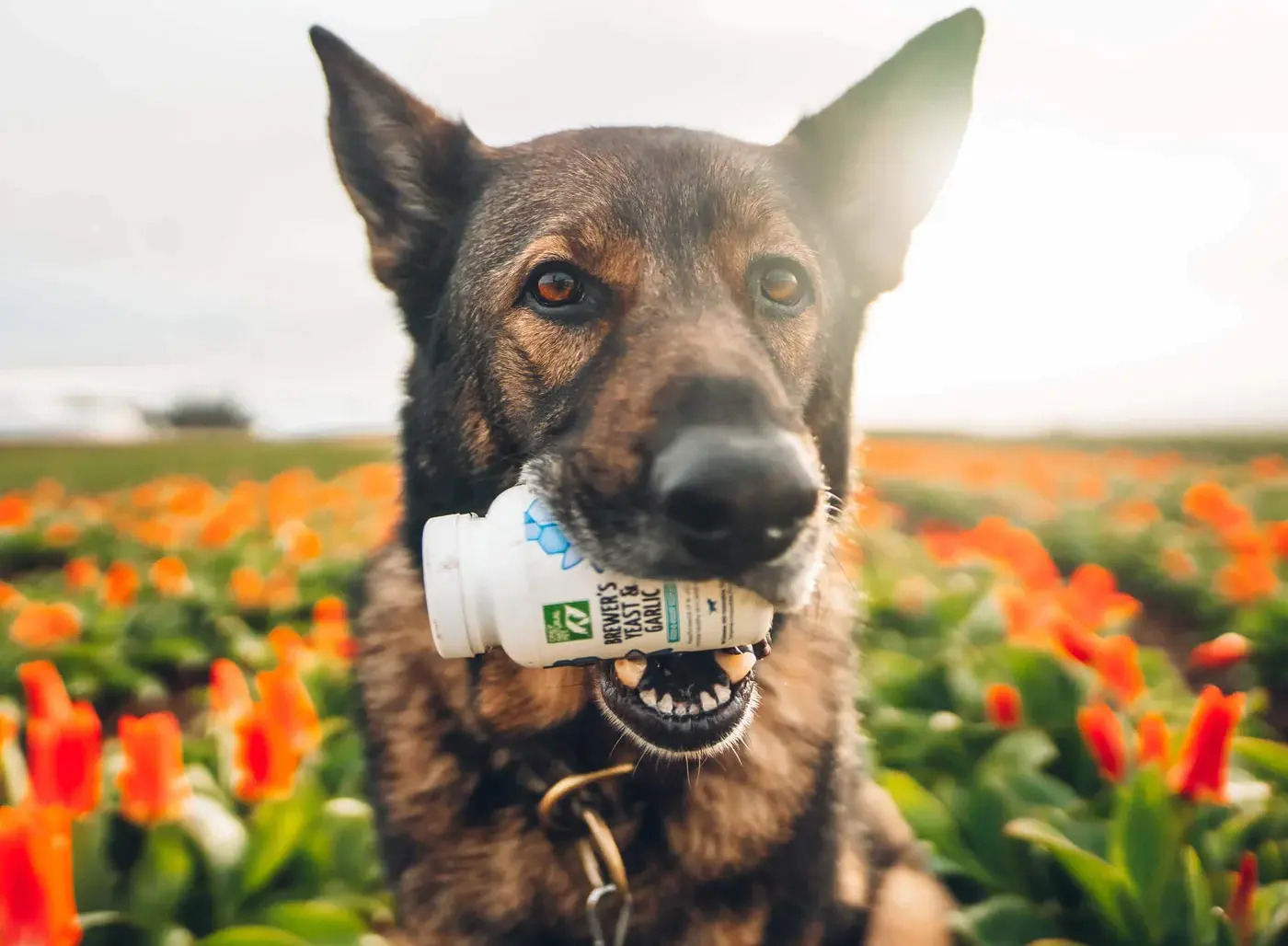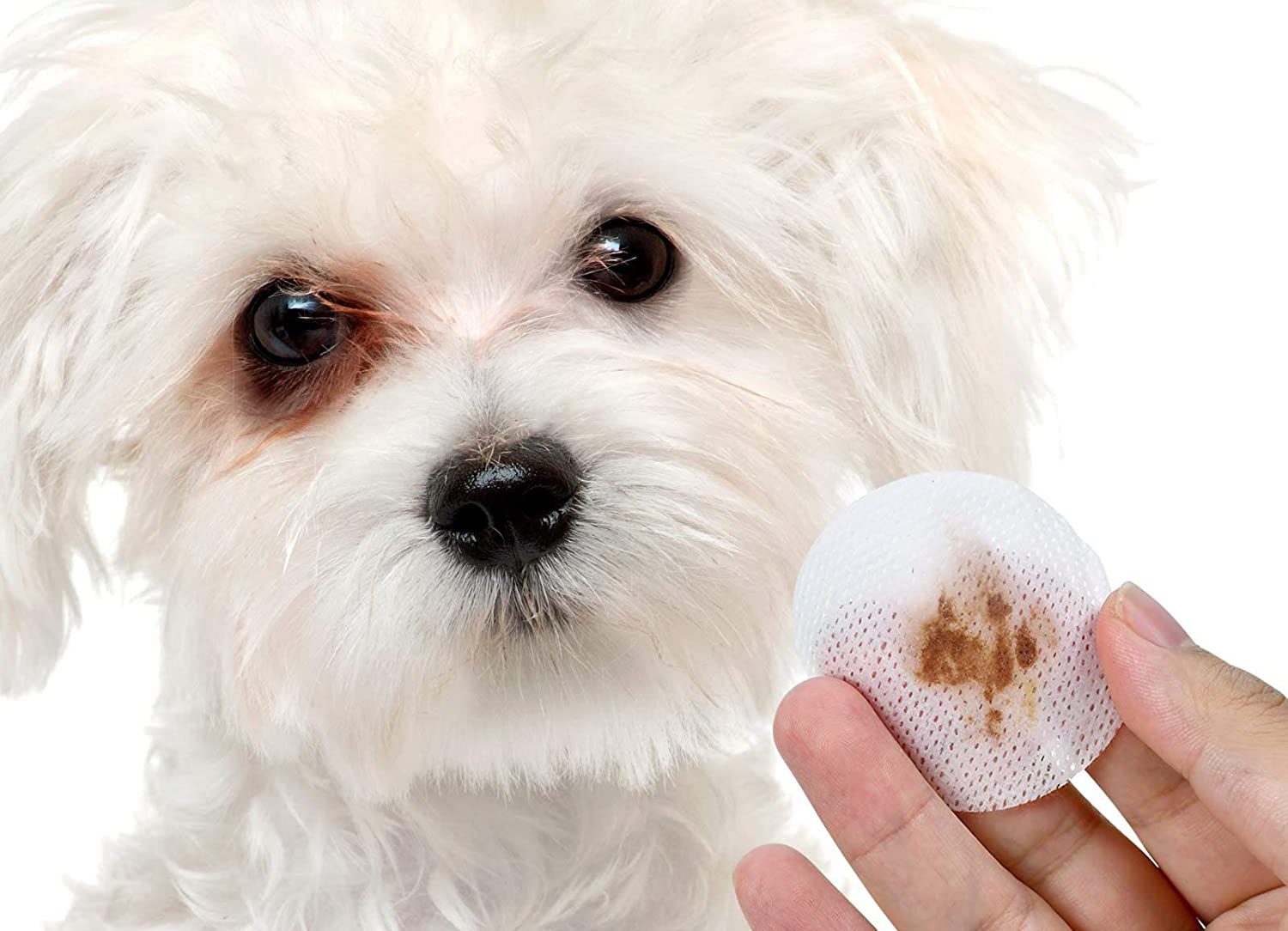Home>Health & Wellness>Common Health Issues>How To Get Rid Of Fleas In A Dog Pen
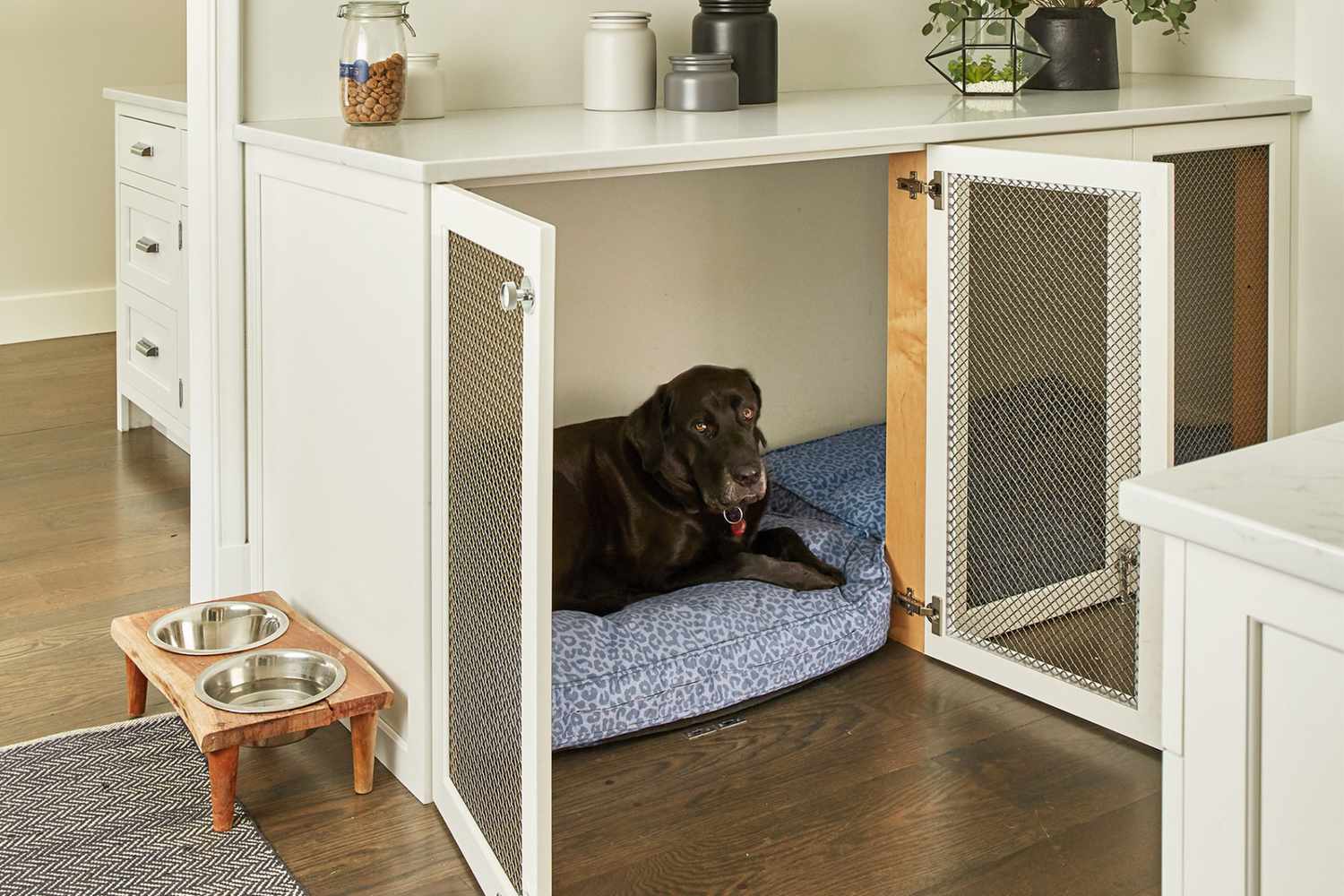

Common Health Issues
How To Get Rid Of Fleas In A Dog Pen
Modified: February 21, 2024
Learn how to tackle common health issues like fleas in a dog pen with our expert tips and advice. Keep your furry friend happy and healthy.
(Many of the links in this article redirect to a specific reviewed product. Your purchase of these products through affiliate links helps to generate commission for Pawsomeoldies.com, at no extra cost. Learn more)
Table of Contents
Introduction
Dealing with fleas in a dog pen can be a frustrating and challenging experience for pet owners. Fleas are not only a nuisance to dogs but can also infest the surrounding environment, making it essential to address the issue promptly and effectively. These tiny, agile pests can quickly multiply and spread, causing discomfort and potential health risks for both dogs and humans. Therefore, understanding how to get rid of fleas in a dog pen is crucial for maintaining a healthy and happy environment for your beloved pets.
Fleas are parasitic insects that feed on the blood of animals, including dogs. They thrive in warm and humid environments, making dog pens an ideal breeding ground. Once fleas infest a dog pen, they can quickly spread to the dogs living within it, leading to incessant itching, skin irritation, and potential allergic reactions. Moreover, fleas can transmit diseases and parasites, posing a significant threat to the overall well-being of the dogs.
In addition to the direct impact on the dogs, fleas can also affect the peace of mind of pet owners. The constant scratching and discomfort experienced by infested dogs can be distressing to witness, prompting owners to seek effective solutions to alleviate their pets' suffering. Furthermore, the presence of fleas in the dog pen can create a sense of unease and concern about the cleanliness and safety of the surrounding environment.
Addressing the flea problem in a dog pen requires a comprehensive approach that encompasses cleaning and disinfecting the pen, treating the dogs for fleas, using natural remedies to repel fleas, and implementing preventive measures to avoid future infestations. By understanding the nature of the flea problem and implementing targeted strategies, pet owners can effectively combat fleas and create a comfortable and hygienic living space for their canine companions.
In the following sections, we will delve into the specific steps and methods for addressing the flea problem in a dog pen, providing practical insights and actionable tips to help pet owners tackle this common health issue effectively. Let's explore the strategies for cleaning, treating, and preventing fleas to ensure the well-being of both dogs and their human companions.
Read more: How To Get Rid Of Dog Fleas And Lice
Understanding the Flea Problem in Dog Pens
Fleas are persistent pests that can wreak havoc in dog pens, posing a myriad of challenges for both pets and their owners. These tiny, wingless insects are adept at jumping onto hosts, making dogs particularly susceptible to infestation. The warm and humid environment of a dog pen provides an ideal breeding ground for fleas, allowing them to thrive and multiply rapidly. Once introduced into the pen, fleas can quickly spread to the resident dogs, leading to a host of issues.
The presence of fleas in a dog pen can lead to incessant itching and discomfort for the affected dogs. This constant irritation can result in skin inflammation, hair loss, and even secondary infections caused by excessive scratching. Additionally, some dogs may develop allergic reactions to flea saliva, further exacerbating their distress. The discomfort experienced by infested dogs can significantly impact their quality of life, affecting their behavior, sleep patterns, and overall well-being.
Beyond the immediate impact on the dogs, fleas can also pose health risks to humans. While fleas typically prefer animal hosts, they may bite humans, causing itchy welts and potential allergic reactions. Moreover, fleas can transmit diseases and parasites, posing a threat to both the dogs and their human companions. The presence of fleas in the dog pen can create a sense of unease and concern about the overall cleanliness and safety of the environment, prompting pet owners to seek effective solutions to address the issue.
Understanding the flea problem in dog pens involves recognizing the potential consequences of infestation, including the discomfort and health risks posed to dogs and humans. It also entails acknowledging the resilience and agility of fleas, which enables them to persist and spread within the confined space of a dog pen. By comprehending the nature of the flea problem, pet owners can take proactive measures to combat infestations and create a safe, comfortable environment for their beloved canine companions.
Cleaning and Disinfecting the Dog Pen
Cleaning and disinfecting the dog pen is a crucial step in combating flea infestations and creating a hygienic living environment for dogs. The process involves thorough sanitation to eliminate flea eggs, larvae, and pupae, as well as to remove organic debris that may serve as a breeding ground for fleas. Here's a detailed approach to effectively clean and disinfect the dog pen:
-
Remove and Wash Bedding: Start by removing all bedding, blankets, and cushions from the dog pen. Launder these items using hot water and a pet-safe detergent to kill any fleas, eggs, or larvae present. Ensure that the bedding is thoroughly dried before returning it to the pen.
-
Vacuuming: Use a powerful vacuum cleaner to thoroughly vacuum the entire dog pen, including the floor, walls, and any crevices where fleas and their eggs may be hiding. Pay special attention to areas where the dogs spend the most time, as fleas tend to congregate in these areas.
-
Scrubbing and Disinfecting Surfaces: After vacuuming, scrub the surfaces of the dog pen with a pet-safe disinfectant or a solution of water and mild detergent. This will help remove flea debris, organic matter, and potential flea habitats. Rinse the surfaces thoroughly and allow them to dry completely.
-
Yard Maintenance: If the dog pen is located in a yard or outdoor area, it's essential to maintain the surrounding environment. Regularly mow the grass, trim vegetation, and remove any debris or organic matter that may harbor fleas. Consider using pet-safe yard sprays or nematodes to control flea populations in the outdoor space.
-
Regular Cleaning Schedule: Establish a regular cleaning schedule for the dog pen to prevent future flea infestations. This may include daily spot cleaning, weekly vacuuming, and monthly deep cleaning and disinfection. Consistent maintenance is key to keeping fleas at bay.
By diligently following these cleaning and disinfection practices, pet owners can effectively eliminate flea habitats, remove existing fleas and their eggs, and create a clean, inhospitable environment for fleas to thrive. This proactive approach not only addresses the immediate flea problem but also helps prevent future infestations, ensuring the well-being and comfort of the dogs in the pen.
Treating the Dogs for Fleas
Treating the dogs for fleas is a critical aspect of combating infestations and ensuring the well-being of pets. When dogs are infested with fleas, it is essential to address the issue promptly and comprehensively to alleviate their discomfort and prevent the spread of fleas within the dog pen. Here's a detailed approach to effectively treat dogs for fleas:
-
Consultation with a Veterinarian: Before initiating any flea treatment, it is advisable to consult a veterinarian to assess the severity of the infestation and determine the most suitable course of action. Veterinarians can provide valuable insights into the best flea treatment products and methods based on the dogs' health status, age, and any existing medical conditions.
-
Topical Flea Treatments: Topical flea treatments, such as spot-on solutions and medicated shampoos, are commonly used to eliminate fleas on dogs. These products are applied directly to the dog's skin and provide long-lasting protection against fleas and ticks. It is essential to follow the application instructions carefully and ensure that the product is specifically formulated for the dog's size and weight.
-
Oral Flea Medications: Oral flea medications offer an effective systemic approach to flea control. These medications are available in chewable tablet form and work by disrupting the flea life cycle, preventing infestations from persisting. Veterinarians can recommend the most suitable oral flea medication based on the dogs' individual needs and health considerations.
-
Flea Collars: Flea collars are another option for treating dogs for fleas. These collars contain active ingredients that repel and kill fleas, providing continuous protection for the dogs. When using flea collars, it is important to select products that are safe and effective, and to ensure that the collars are properly fitted to the dogs to maximize their efficacy.
-
Environmental Treatments: In addition to directly treating the dogs, it is crucial to address the flea infestation in the surrounding environment. This may involve using environmental flea control products, such as sprays and foggers, to eliminate fleas in the dog pen and prevent reinfestation of the dogs.
-
Regular Monitoring and Follow-Up: After initiating flea treatment, it is important to monitor the dogs for any signs of ongoing infestation or adverse reactions to the treatment. Regular follow-up with the veterinarian can help ensure that the flea treatment is effective and that the dogs remain free from fleas.
By implementing these comprehensive flea treatment measures, pet owners can effectively alleviate the discomfort of infested dogs, eliminate fleas from their coats, and prevent reinfestation. This proactive approach not only safeguards the well-being of the dogs but also contributes to creating a flea-free and comfortable living environment within the dog pen.
Using Natural Remedies to Repel Fleas
In addition to conventional flea control methods, natural remedies can offer effective and environmentally friendly alternatives for repelling fleas in dog pens. These natural solutions harness the power of botanical extracts, essential oils, and other natural ingredients to deter fleas and create a less hospitable environment for these persistent pests. Here are some natural remedies that can be utilized to repel fleas in dog pens:
-
Diatomaceous Earth: Diatomaceous earth, a fine powder derived from fossilized algae, is a natural and non-toxic substance that can be sprinkled in the dog pen to combat fleas. This powdery substance works by dehydrating and desiccating fleas, ultimately leading to their demise. When using diatomaceous earth, it is important to select food-grade quality and apply it in areas where fleas are likely to hide, such as bedding and crevices.
-
Essential Oils: Certain essential oils, such as lavender, peppermint, eucalyptus, and cedarwood, are known for their flea-repelling properties. These oils can be diluted with water and sprayed in the dog pen to create a natural barrier against fleas. Additionally, pet-safe essential oil diffusers can be used to disperse these fragrant oils, effectively repelling fleas while creating a pleasant aroma in the pen.
-
Herbal Flea Collars: Herbal flea collars, infused with natural ingredients such as citronella, rosemary, and lemongrass, can provide a gentle yet effective means of repelling fleas from dogs. These collars emit natural scents that deter fleas without the use of harsh chemicals, offering a natural and holistic approach to flea control.
-
Vinegar Spray: A solution of diluted apple cider vinegar can be used as a natural flea repellent in the dog pen. When sprayed onto surfaces and bedding, the acidic nature of vinegar creates an inhospitable environment for fleas, helping to deter their presence and inhibit their reproduction.
-
Herbal Flea Baths: Herbal flea baths, utilizing natural ingredients such as neem oil, chamomile, and aloe vera, can be beneficial for repelling fleas from dogs. These herbal infusions can be used to bathe the dogs, providing a natural and soothing method of flea control while nourishing their skin and coat.
By incorporating these natural remedies into the flea control regimen for dog pens, pet owners can effectively repel fleas while minimizing the use of synthetic chemicals. It is important to note that while natural remedies can offer valuable support in flea control, their efficacy may vary, and it is advisable to consult with a veterinarian before implementing these methods, especially for dogs with specific health considerations or sensitivities. With a holistic approach that integrates natural remedies and proactive flea control measures, pet owners can create a comfortable and harmonious living environment for their canine companions.
Read more: How To Naturally Get Rid Of Fleas From A Dog
Preventing Future Flea Infestations in the Dog Pen
Preventing future flea infestations in the dog pen is essential for maintaining a clean and comfortable environment for dogs. After addressing existing flea problems, implementing preventive measures can help minimize the risk of reinfestation and ensure long-term flea control. Here are effective strategies to prevent future flea infestations in the dog pen:
-
Regular Cleaning and Maintenance: Establishing a consistent cleaning schedule for the dog pen is crucial in preventing flea infestations. This includes daily spot cleaning to remove organic debris, weekly vacuuming to eliminate potential flea habitats, and monthly deep cleaning and disinfection to maintain a hygienic environment. By staying proactive with cleaning efforts, pet owners can disrupt the flea life cycle and reduce the likelihood of infestations.
-
Environmental Modifications: Making modifications to the dog pen and its surroundings can contribute to flea prevention. This may involve reducing humidity levels in the pen by improving ventilation, minimizing shaded and moist areas where fleas thrive, and implementing landscaping practices that discourage flea habitats. Additionally, using pet-safe yard sprays and nematodes in the outdoor area surrounding the dog pen can help control flea populations.
-
Regular Grooming and Inspection: Implementing a routine grooming and inspection regimen for the dogs can aid in early detection of fleas and prevent infestations from escalating. Regularly brushing the dogs' coats, checking for signs of flea activity, and promptly addressing any concerns can help mitigate the risk of infestations. Additionally, maintaining the dogs' overall hygiene and health through regular grooming practices can contribute to their resilience against fleas.
-
Flea Control Products: Utilizing long-term flea control products, such as monthly topical treatments or oral medications recommended by veterinarians, can provide ongoing protection against fleas. These products disrupt the flea life cycle, preventing infestations from taking hold and ensuring continuous protection for the dogs. Consistent use of vet-recommended flea control products is integral to preventing future infestations.
-
Collaboration with Veterinarians: Engaging in regular communication and collaboration with veterinarians is essential for developing a tailored flea prevention plan for the dogs. Veterinarians can offer guidance on the most effective flea control products, recommend preventive measures based on the dogs' individual needs, and provide insights into environmental modifications that support flea prevention.
By integrating these preventive strategies into the care and maintenance of the dog pen, pet owners can significantly reduce the risk of future flea infestations. Consistent vigilance, proactive measures, and collaboration with veterinary professionals are key components of an effective flea prevention approach, ultimately contributing to the well-being and comfort of the dogs within the pen.
